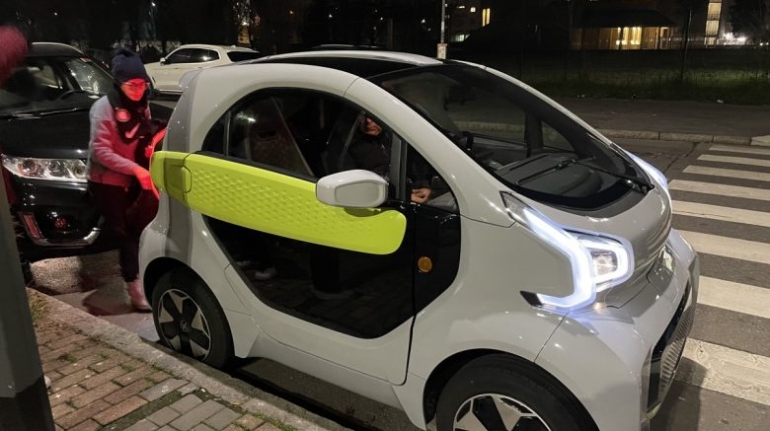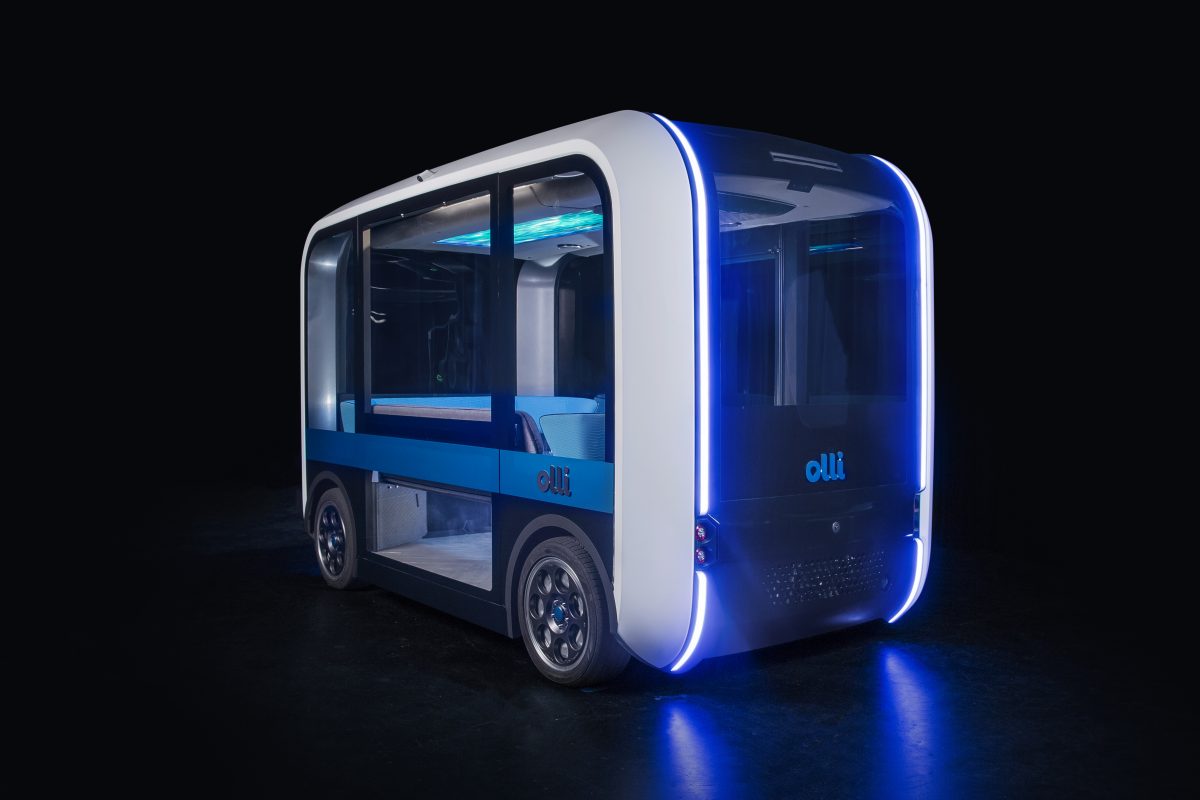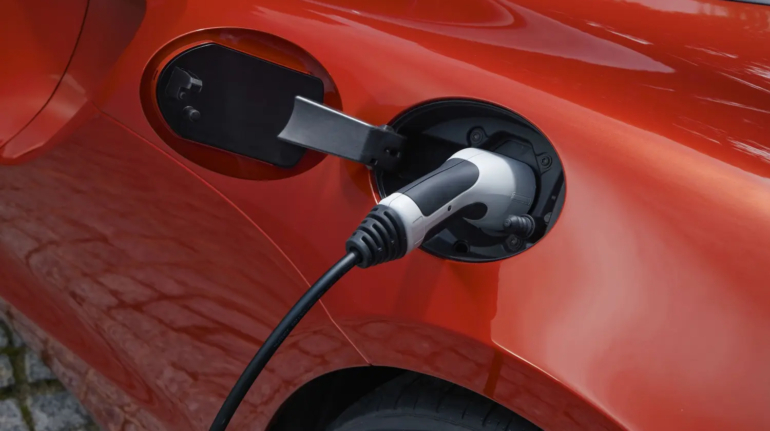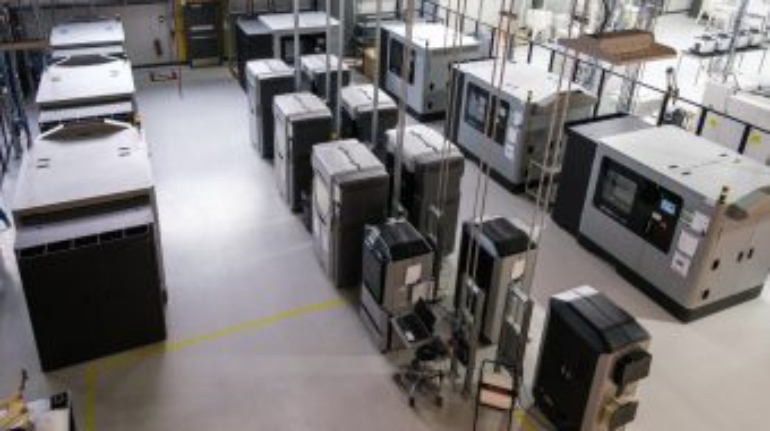Dallara Turns to Conflux for New 3D Printed Heat Exchangers
Conflux Technology, an Australian studio developing some of the most advanced additively manufactured heat exchanger designs, will be producing a new set of 3D printed heat exchangers in partnership with Dallara, Italy.










